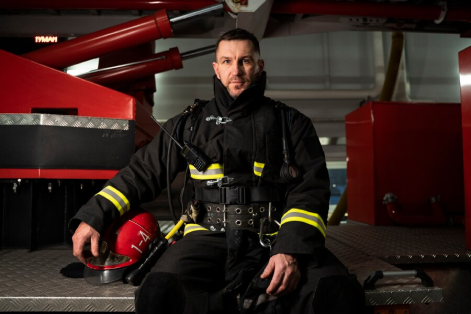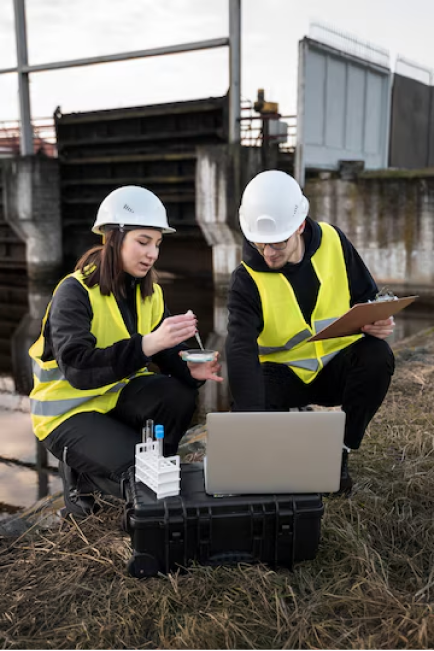Different Types of Mock Drills: Importance and Scenario Examples
- info@safetymastery.com
- +91 7200322134


Exploring Various Mock Drill Scenarios for Emergency Preparedness
Exploring Various Mock Drill Scenarios for Emergency Preparedness
Mock drills are essential training exercises designed to simulate emergency scenarios, test response procedures, and ensure the safety and preparedness of individuals in various situations. Understanding the different types of mock drills, their importance in emergency preparedness, and the scenarios they address is crucial for organizations committed to safeguarding lives and property. In this comprehensive guide, we explore the various types of mock drills, their significance, and scenario examples for enhancing emergency response capabilities.

Safety International Diploma
- Ofqual Regulated Qualifications London, UK
- GradIOSH/CertIOSH status from IOSH, UK
- TSP status from BCSP, USA
- Gateway to MSC in UK universities
one or two years of qualification.
Get Courses Details
Get Courses Details
Safety Diploma
- Government-Endorsed National Safety Diploma Program
- Qualify for registration at the Employment Exchange
- Attestation by the Ministry of External Affairs for those wishing to move abroad
- Eligible for membership with MIIRSM (IIRSM membership at discretion)
- Approved by the Government of India
- Enhance your educational profile with an additional one or two years of qualification
Types of Mock Drills:
- Fire Drill: - Scenario: Simulates a fire emergency, testing evacuation procedures, fire alarm response, fire extinguisher usage, and coordination among responders.
- Evacuation Drill: - Scenario: Focuses on evacuating a building or facility in response to various emergencies, such as fires, natural disasters, or security threats.
- First Aid Drill: - Scenario: Involves practicing first aid techniques, CPR, wound care, and emergency medical response to address injuries or medical emergencies.
- Shelter-in-Place Drill: - Scenario: Prepares individuals to seek shelter and remain indoors during emergencies like hazardous material spills, chemical incidents, or severe weather.
- Active Shooter Drill: - Scenario: Simulates an active shooter situation, testing lockdown procedures, emergency alerts, evacuation routes, and communication strategies.

- Earthquake Drill: - Scenario: Prepares individuals to drop, cover, and hold on during an earthquake, evacuate safely, and respond to aftershocks and building damage.
- Earthquake Drill: - Scenario: Prepares individuals to drop, cover, and hold on during an earthquake, evacuate safely, and respond to aftershocks and building damage.
- Bomb Threat Drill: - Scenario: Addresses response procedures to bomb threats, suspicious packages, and evacuation plans to ensure the safety and security of individuals.
- Cybersecurity Drill: - Scenario: Simulates a cybersecurity breach, data loss incident, or IT system failure to test response protocols, data recovery procedures, and incident reporting.

Importance of Different Types of Mock Drills:
Comprehensive Preparedness: Different types of mock drills cover a range of emergency scenarios, ensuring individuals are prepared to respond effectively to various situations.
- Skill Development: Each type of mock drill focuses on specific skills and knowledge, such as fire safety, first aid, evacuation procedures, and crisis response, enhancing overall preparedness.
Scenario-Based Training: Mock drills provide scenario-based training, allowing participants to practice responses, decision-making, and communication in a controlled setting.
- Team Coordination: Different types of mock drills promote teamwork, coordination, and collaboration among participants, fostering a cohesive and organized response effort.
- Continuous Improvement: Conducting various types of mock drills enables organizations to identify strengths, weaknesses, and areas for improvement in emergency response plans and procedures.

Safety Diploma
Different types of mock drills play a crucial role in enhancing emergency preparedness, response training, and ensuring workplace safety in various scenarios. By conducting a variety of mock drills, organizations can better prepare individuals, mitigate risks, and create a safe and resilient work environment. Remember: each type of mock drill offers benefits and training opportunities, contributing to a culture of safety, readiness, and effective emergency response in all aspects of workplace operations.
